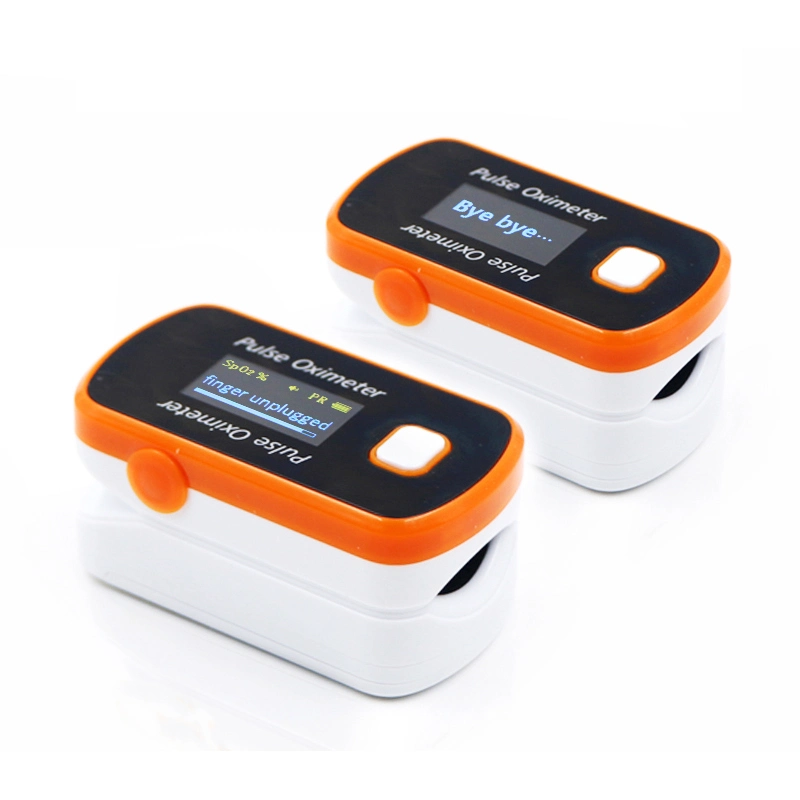Basic Info.
Product Description
Pulse oximeter is a medical device designed to measure the oxygen saturation level in a patient's blood and their pulse rate. It is widely used in healthcare settings and by individuals for monitoring oxygen levels, especially in situations where oxygenation is critical.
Features:
Oxygen Saturation (SpO2) Measurement: The pulse oximeter provides an accurate assessment of the percentage of oxygen-bound hemoglobin in the arterial blood, commonly referred to as SpO2. This measurement is crucial in determining the oxygen levels in a patient's blood.
Pulse Rate Measurement: In addition to SpO2, the pulse oximeter also offers real-time monitoring of the patient's pulse rate, which is typically displayed in beats per minute (BPM). This information is essential in assessing the patient's cardiovascular health.
Clear Display: The device is equipped with a digital display that ensures clear and easy readability of SpO2 and pulse rate readings. This feature allows healthcare professionals and patients to quickly and accurately interpret the data.
Probe Attachment: The pulse oximeter consists of a small probe with a clip that can be securely attached to a patient's fingertip, The probe contains sensors that detect oxygen levels and pulse rate, providing reliable measurements.
Battery Operation: Most pulse oximeters are battery-operated, offering portability and convenience. They often use standard AAA batteries.
Compact and Lightweight: Pulse oximeters are specifically designed to be compact, portable, and lightweight. This makes them suitable for use in both clinical settings and at home, allowing for easy monitoring of oxygen saturation and pulse rate.
Applications:
Hospitals and Clinics: To monitor patients during surgeries, in intensive care units, and during recovery.
Home Use: Individuals with respiratory conditions such as COPD or asthma can use pulse oximeters to monitor their oxygen levels at home.
Athletics: Some athletes use pulse oximeters to assess their fitness and oxygenation during training.
High-Altitude Activities: Hikers, climbers, and pilots use pulse oximeters to monitor oxygen levels at high altitudes.
Sleep Apnea: Patients with sleep apnea may use pulse oximeters to assess their oxygen levels during sleep.
Emergency Medical Services (EMS): EMS personnel use pulse oximeters to assess a patient's condition in the field.
| Operation System | / |
| SpO2 | Detection scope: 35%-100% Accuracy: ±2% 80%-100% ±3% 70%-79% |
| Pulse Rate | Rage:25-250BPM Accuracy: ±2bpm Resolution: 1bpm |
| Bluetooth | / |
| Battery Type | Two 1.5V AAA alkaline batteries |
| Service Life | Over 10000 times |
| Display | OLED |
| Working Voltage | D.C.2.2 V~D.C.3.4V |
| Operation Environment | Temperature: 5ºC - 40ºC Relative humidity: 15% - 80% Air pressure: 86Kpa - 106Kpa |
| Size | 58 (H) × 34 (W) × 30(D)mm |
| Weight | 50g Inculude batteries |










